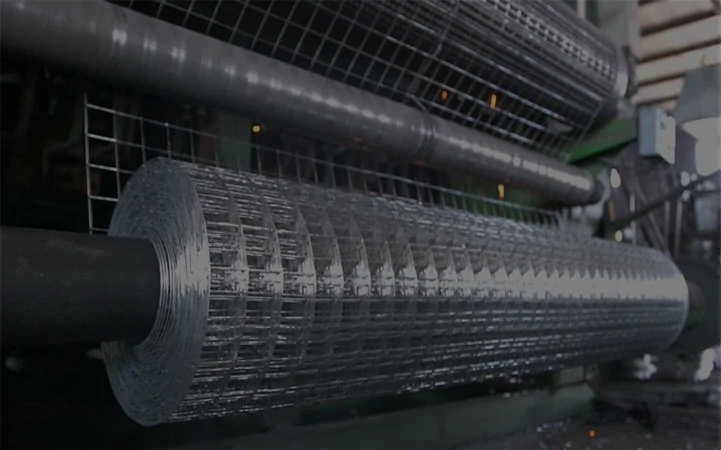standard barbed wire
Standard Barbed Wire An Overview
Barbed wire, a steel fencing material characterized by sharp edges or points arranged at intervals along the strands, is a crucial innovation in agricultural and industrial applications. Originally patented in 1867 by Joseph Glidden, barbed wire revolutionized the way land was enclosed, giving farmers and ranchers a practical solution to prevent livestock from escaping and to keep out intruders.
The standard barbed wire consists of two main components the wire strands and the barbs. Typically, it is made of galvanized steel to ensure durability and resistance to rust, which is vital for long-term outdoor use. The most common design involves a two-strand cable twisted together, with barbs protruding at regular intervals. These barbs can vary in shape and size, but they serve a common purpose to deter animals and individuals from crossing the boundary.
One of the key advantages of standard barbed wire is its low cost and ease of installation. Unlike more robust fencing options, such as wooden or electric fences, barbed wire is lightweight and can be quickly installed with minimal tools. This makes it particularly popular among farmers looking to fence large areas without incurring significant expenses. Moreover, it requires very little maintenance, which further adds to its practicality.
standard barbed wire

Despite its many benefits, standard barbed wire does come with certain drawbacks. For instance, the sharp barbs can pose a danger to both livestock and people, which has led to concerns about safety. Animals that become entangled in the wire can suffer severe injuries, prompting some ranchers to seek alternative fencing options that are safer for their livestock. Furthermore, it may not be effective in deterring determined intruders or wild animals, which has led to the development of improved fencing systems.
Environmental considerations also come into play with the use of barbed wire. In regions where wildlife conservation is important, traditional barbed wire can create barriers that hinder animal migration and movement. As a result, some ecologists advocate for using wildlife-friendly fencing that allows animals to pass unhindered while still securing property.
In conclusion, standard barbed wire remains a widely used fencing solution due to its affordability, ease of installation, and effectiveness in certain applications. However, users must also consider the safety implications and potential environmental impact associated with its use. As farming practices evolve, so too do the materials and methods employed, leading to the exploration of new fencing solutions that balance security, cost, and ecological considerations. The legacy of barbed wire illustrates both the ingenuity of agricultural engineering and the ongoing challenges faced in sustainable land management.
-
Space-Saving Chain Fence Hacks Vertical Gardening with Cyclone MeshNewsJul.16,2025
-
Innovations in Iron Nail Wire Production for Modern ConstructionNewsJul.16,2025
-
Creative Uses of Wire Netting Fence in Modern Landscape DesignNewsJul.16,2025
-
Barbed Wire Fence Innovations in Anti-Climb TechnologyNewsJul.16,2025
-
Architectural Uses of Umbrella Nails for Aesthetic Roof DesignsNewsJul.16,2025
-
Architectural Uses of Razor Barbed Wire in Secure Urban DesignNewsJul.16,2025




